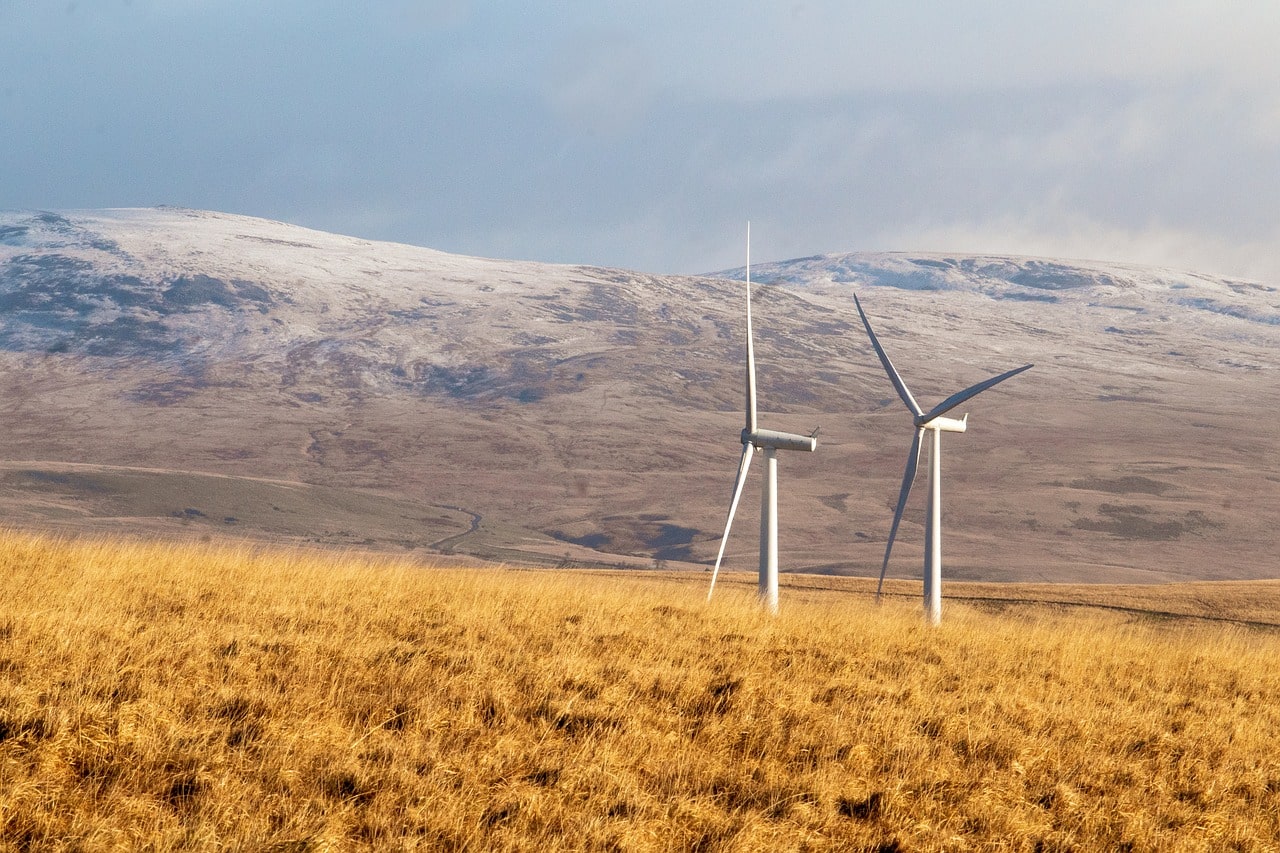UK Energy in 2025: Progress, Setbacks, and What It Means for You

The UK’s energy landscape is changing fast, but not always in the way people expect. While the government continues to push for a greener future, rising costs, cancelled projects, and political pushback have created a more complicated reality.
In 2025, the UK finds itself at a crossroads: we’re making big moves toward decarbonisation, but we’re also facing significant challenges that could slow progress. For everyday consumers, that means higher uncertainty, potential price volatility, and the need to stay more informed than ever.
Progress Is Still Happening, Just Not Everywhere
Let’s start with the good news.
The government recently pledged large-scale support for the grid — including a £600 million loan to Iberdrola (one of the biggest energy companies in Europe) to upgrade UK power infrastructure. The goal? A fully decarbonised power sector by 2030.
We’re also seeing:
- New projects to improve energy transmission between Scotland and England
- Continued investment in offshore wind, solar, and storage
- A growing focus on flexibility — using data and technology to better manage supply and demand
These steps matter. They show commitment to future-proofing the grid and creating a cleaner, more responsive energy system.
But There Are Serious Setbacks Too
Despite the progress, 2025 has already seen some major obstacles.
- Hornsea 4, one of the UK’s largest planned offshore wind farms, was cancelled by Ørsted. Why? The economics no longer made sense — costs were rising, and the incentives weren’t strong enough.
- Reform UK and other political groups have voiced strong opposition to renewable projects, claiming they harm the economy and local communities.
- The government is reportedly pulling back on its home insulation pledge, which would have helped thousands of households cut energy use and bills.
These moves risk slowing the pace of the energy transition — and putting more pressure on consumers.
What This Means for You
If you’re wondering how this affects your daily life, here’s the short answer:
It could lead to higher bills, more market instability, and fewer support programs for energy efficiency.
Specifically:
- Delayed infrastructure could mean more strain on the grid, especially during extreme weather
- Missed targets may lead to fines or rushed changes later — which often costs more
- Fewer support schemes (like insulation grants) mean more of the burden falls on households
All of this makes smart, real-time energy use more important than ever.
How Quarta Helps You Stay Ahead
In a landscape full of change, you need tools that help you adapt quickly.
Quarta helps you:
- Track your energy use in real time
- Get alerts when prices spike or grid demand is high
- Shift your habits to avoid costly hours or strain
- Understand your data, without the jargon
Whether energy prices rise or support programs shift, Quarta gives you the insight you need to make smart choices — right now, not just when your next bill arrives.
Conclusions
The UK’s energy journey in 2025 is full of both hope and hurdles. Big progress is being made — but so are big decisions that affect the speed and fairness of the transition.
What’s clear is this: the role of everyday consumers is more important than ever. The more informed and flexible we are, the better we can respond — and influence where things go next.
And with Quarta, you don’t have to guess your way through it.